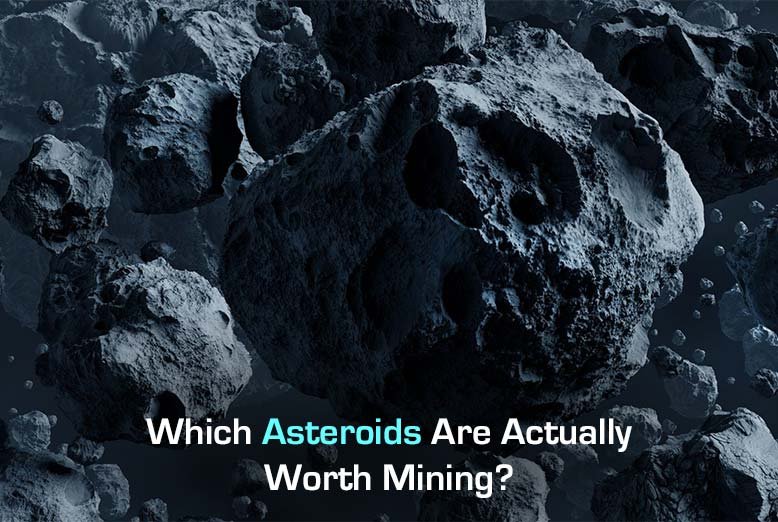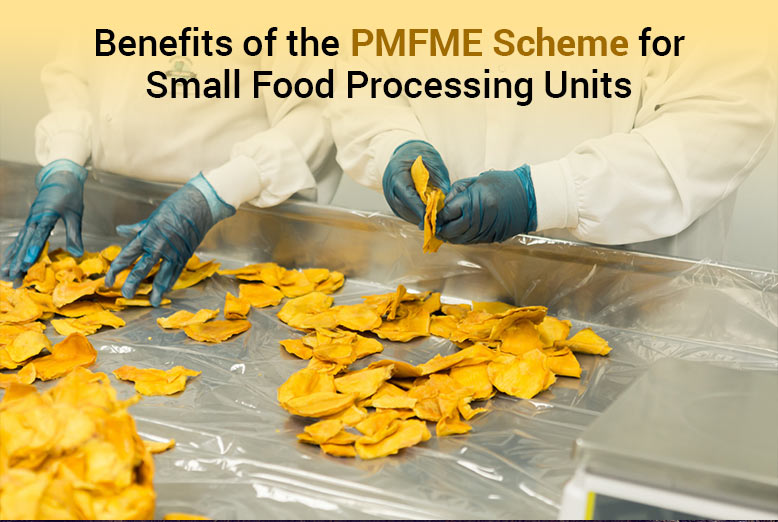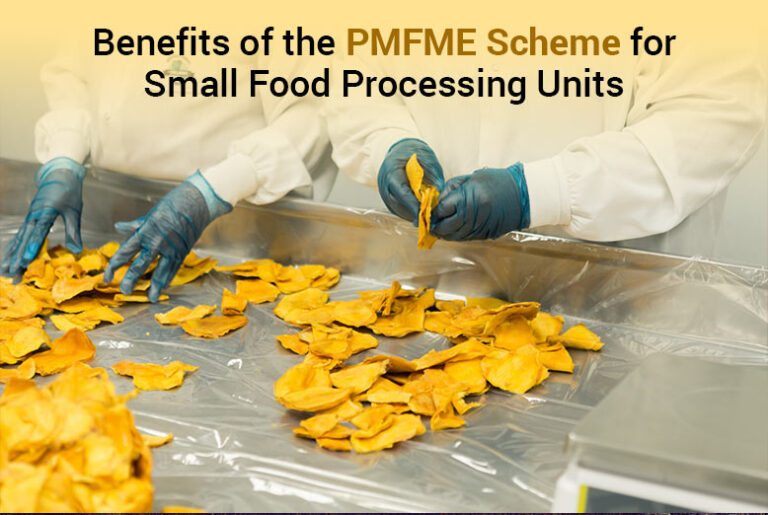When we think about mining, we picture trucks rumbling through dusty landscapes, drills carving into Earth for gold, iron, or copper. But some scientists and entrepreneurs are turning their attention to a different kind of treasure hunt – one that takes place in space, and especially on asteroids. But with millions of asteroids out there, which ones are actually worth the effort?
To answer that question, we need to look at more than just what these rocks contain. We have to consider their composition, size, location, and accessibility – because only a select few tick the boxes needed to make space mining a realistic goal.
A Quick Primer: What Are Asteroids?
Asteroids are rocky remnants from the early formation of our solar system, about 4.6 billion years ago. Most are found in the asteroid belt between Mars and Jupiter, but they can also orbit closer to Earth. They vary dramatically in size, from a few meters across to hundreds of kilometres wide.
What makes asteroids fascinating isn’t just their age, but their content. Some are loaded with water ice, essential for life support and fuel. Others are rich in precious metals like platinum, nickel, or cobalt. In fact, a single metal-rich asteroid could hold more value than all the gold ever mined on Earth. That makes them a tempting target for future space mining missions.
What Makes an Asteroid “Worth It”?
Asteroids may be valuable, but not all of them are viable mining candidates. Scientists and engineers consider a few key factors before deciding which ones are truly worth targeting.
Here are the major factors experts consider:
- Composition: What materials does the asteroid contain? Water, metals, and rare elements are especially desirable.
- Distance from Earth: The farther away the asteroid, the more time and fuel it takes to reach and return.
- Size and Mass: Larger asteroids often have more resources but require more energy to land on and extract from.
- Rotation: If an asteroid spins too fast, it could be hazardous to land on.
- Orbit and Accessibility: Near-Earth asteroids (NEAs) are easier to reach, and their orbits are more predictable.
Companies and space agencies are actively evaluating which space rocks could pay off in the not-so-distant future.
Types of Asteroids and Their Value
Asteroids are grouped into different types based on their composition. Each type offers unique possibilities and challenges when it comes to mining.
- C-type (carbonaceous): These are the most common. They’re rich in water and organic materials. Great for fuel and sustaining life, but less attractive for metal extraction.
- S-type (silicaceous): These contain metals like iron, nickel, and magnesium. More valuable than C-types but harder to process.
- M-type (metallic): These are the jackpot. They can contain large amounts of platinum, gold, and other rare metals.
Let’s now look at a few asteroids that scientists think are truly worth mining:
1. 16 Psyche: The Metal Giant
This asteroid has made headlines due to its potential riches and fascinating origins.
- Distance from Earth: Around 370 million km (2.5 AU)
- Estimated Value: Over $10,000 quadrillion
- Type: M-type
16 Psyche is the rock star of space mining. It’s one of the largest asteroids in the solar system and is believed to be made almost entirely of metal. Some scientists think it could be the exposed core of an early planet that never fully formed.
NASA is so intrigued by this asteroid that it launched a mission in 2023 to explore it. While it’s too far for commercial mining right now, studying Psyche helps us understand what resources might be out there and how to reach them one day.
2. (101955) Bennu: The Research Favourite
Bennu has already been visited by a NASA spacecraft, giving us unprecedented insight into its makeup.
- Distance from Earth: Approximately 160 million km
- Estimated Value: $670 million
- Type: B-type (carbon-rich)
Bennu is a near-Earth asteroid that made headlines thanks to NASA’s OSIRIS-REx mission, which collected samples and brought them back to Earth. Bennu is rich in water and organic molecules, making it more useful for fuel and life support than metals.
Because it’s relatively close and has been well studied, Bennu serves as a test case for how asteroid mining could work. It’s a proof-of-concept asteroid more than a gold mine.
3. (4660) Nereus: The Accessible Option
Nereus might not be huge, but it’s easy to reach – and that counts for a lot.
- Distance from Earth: Varies from 12 to 24 million km
- Estimated Value: $4.71 billion
- Type: S-type
Nereus is small but mighty. Its orbit brings it close to Earth fairly often, making it one of the easiest asteroids to reach. Although it doesn’t hold as much material as giants like Psyche, its accessibility could make it a smart early target for mining missions.
Sometimes, ease of access trumps total value – especially when you’re just starting out in the business of extracting resources from space.
4. (162173) Ryugu: The Carbon-Rich Candidate
Ryugu, like Bennu, has already been sampled and provides great scientific value.
- Distance from Earth: About 300 million km
- Estimated Value: Modest in metals, high in research potential
- Type: C-type
Japan’s Hayabusa2 mission visited Ryugu and returned samples to Earth in 2020. Like Bennu, it’s more valuable for what it teaches us than what we can take from it. However, Ryugu’s water content and location still make it a candidate for fuel extraction in the future.
Should We Be Mining Asteroids?
There are two major “schools of thought” when it comes to asteroid mining. Each presents a different perspective on whether it’s a dream worth pursuing or a distraction from Earth’s problems.
The optimists argue that mining asteroids could solve many Earth-based problems. They see it as a way to secure vital resources like water and rare metals without further damaging our planet. In their view, space offers a cleaner, virtually limitless frontier that could support both technological advancement and sustainable living.
On the other hand, the realists point out that we’re still a long way from making this work. They stress that the technology needed is not fully developed, that there’s no solid legal framework for space mining rights, and that the cost of getting to and from these asteroids is still sky-high.
Both are right, in a way. While asteroid mining won’t happen tomorrow, it is inching closer to feasibility with each new mission. And the more we learn, the more realistic it becomes.
What Would We Even Use These Materials For?
The materials extracted from asteroids have various uses, many of which are essential for long-term space exploration and even our lives back on Earth.
Water: Essential for long-term space travel. It can be split into hydrogen and oxygen to make rocket fuel. This makes water not only a life-sustaining resource but also a potential enabler of deep space missions, allowing spacecraft to refuel without returning to Earth.
Metals: Could be used in construction – both in space and possibly back on Earth. Platinum-group metals are especially valuable for electronics and clean energy tech. These materials are rare and expensive on Earth, so finding alternative sources in space could ease demand and reduce environmental impact from terrestrial mining. Additionally, in-space manufacturing using these metals could support spacecraft repairs and construction without resupply from Earth.
Regolith (asteroid soil): May one day be used to 3D-print structures on the Moon or Mars. This could eliminate the need to transport heavy building materials from Earth, making off-world colonies more feasible and self-sufficient in the long run. Regolith could also be processed into radiation shielding or insulation, helping protect future space habitats from harsh cosmic conditions.
Mining asteroids isn’t just about bringing riches home. It’s about making deep space exploration sustainable.
What Are the Risks?
Every new frontier comes with risk, and asteroid mining is no exception. Here are some of the biggest concerns that scientists, engineers, and policymakers are grappling with as the field develops:
- Technical: Building machines that can operate in microgravity and extreme temperatures is no small feat. These systems must be autonomous, durable, and able to function far from Earth without real-time human intervention.
- Legal: Space law is still murky. Who owns an asteroid? Current treaties like the Outer Space Treaty don’t clearly address commercial mining rights, leading to uncertainty and potential disputes.
- Environmental: Yes, even space has an environment. Damaging a valuable research object could be a loss for science. There’s also the potential issue of space debris or contamination affecting other celestial bodies.
- Economic: It might cost billions to retrieve materials worth far less – at least with current methods. The economic model only becomes feasible if launch costs drop dramatically and in-space processing becomes routine.
Yes, these are big hurdles, but with thoughtful planning, responsible governance, and continued research, asteroid mining could transition from a high-risk concept to transformative industry.
What the Future Holds
Mining asteroids is still in its early days, but the trajectory is clear. As technology improves and costs drop, we’ll likely see robotic missions begin prospecting, then extracting small amounts of material.
Larger-scale operations might follow decades later, especially if we set up long-term bases on the Moon or Mars. These outposts could serve as launch points for asteroid mining, removing the need to send everything from Earth.
We’re not there yet, but we’re getting closer.
Also Read: The Invention of Telescope: Beginning of a New Era in Space Research







